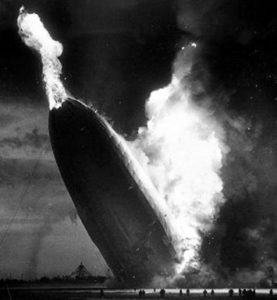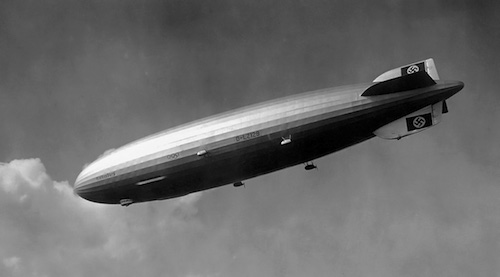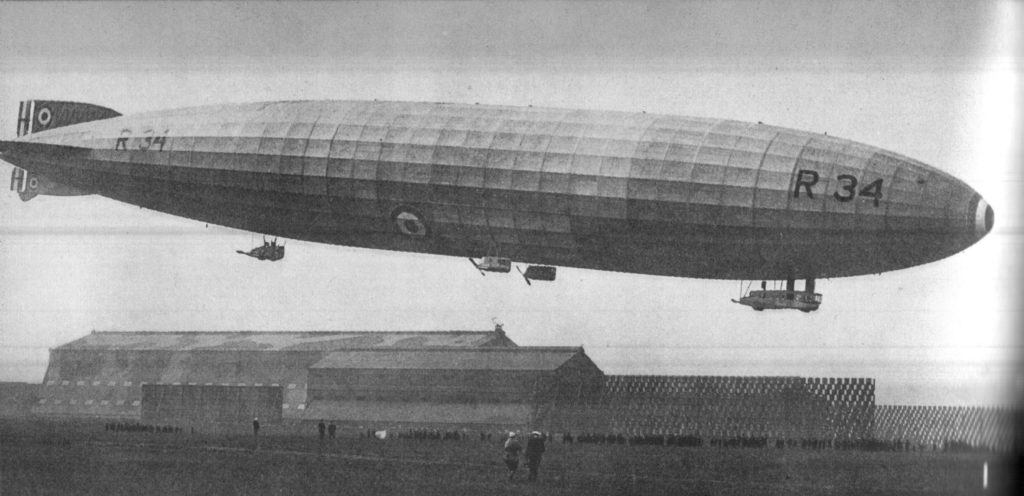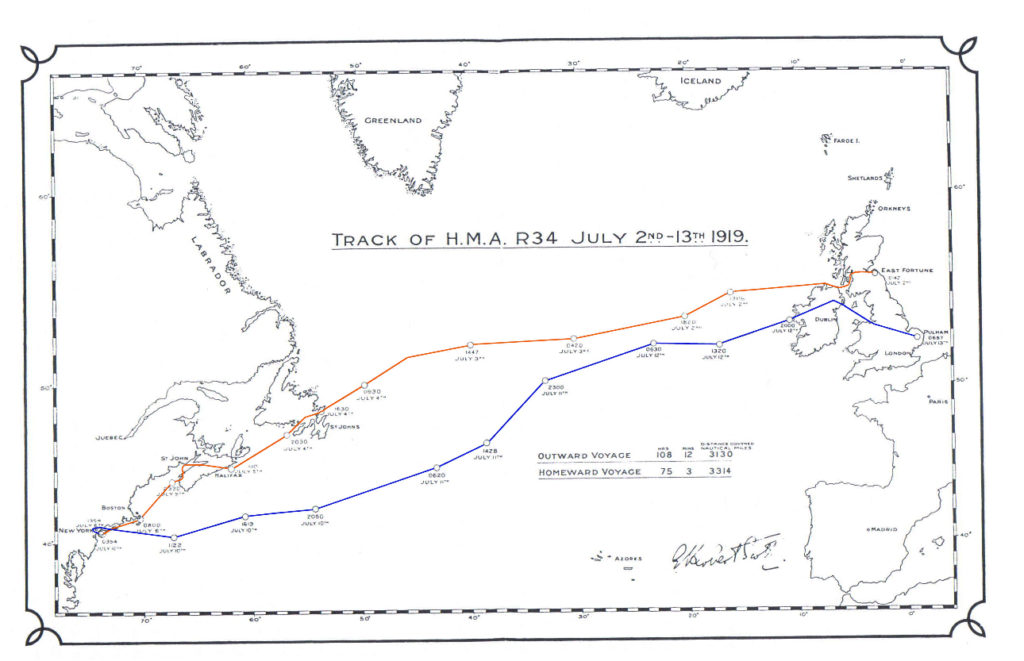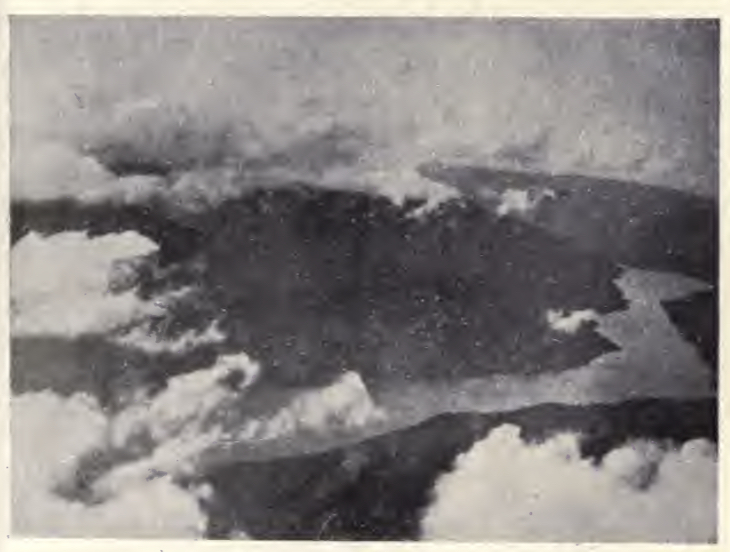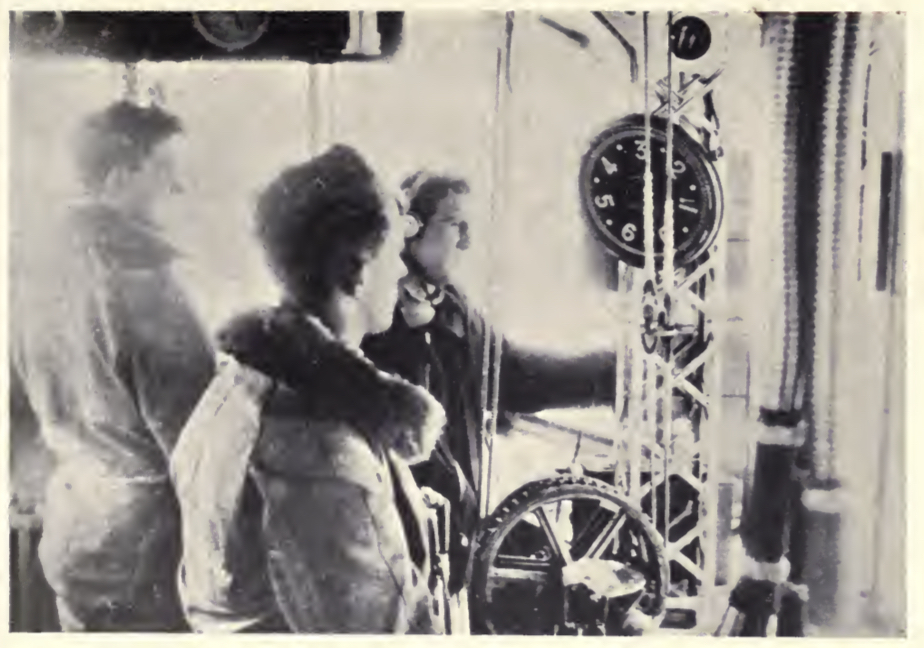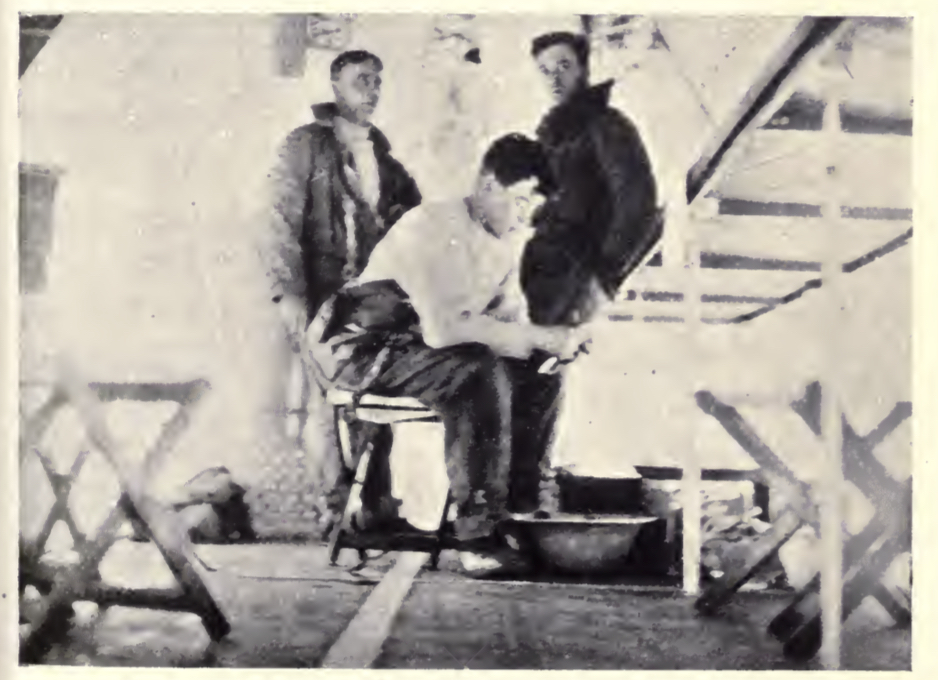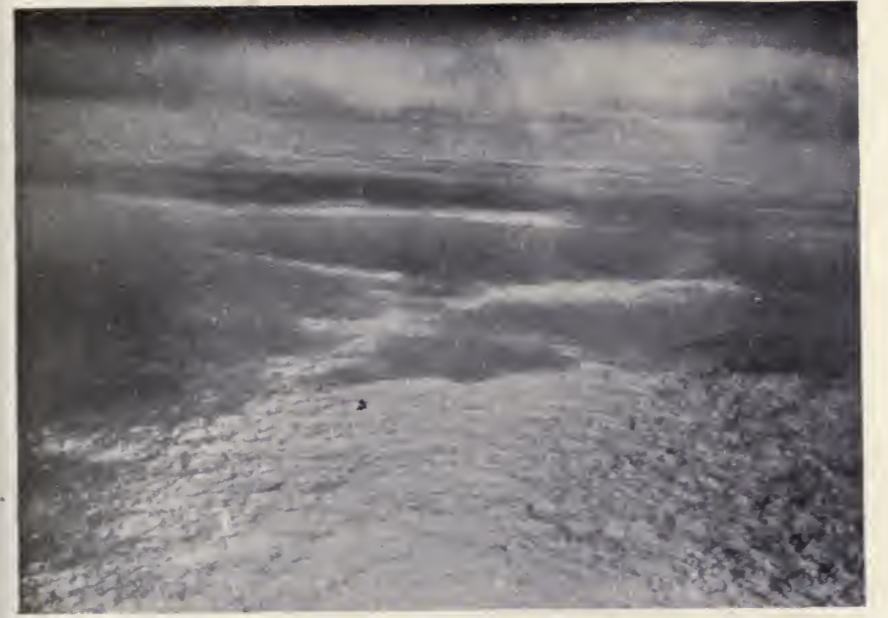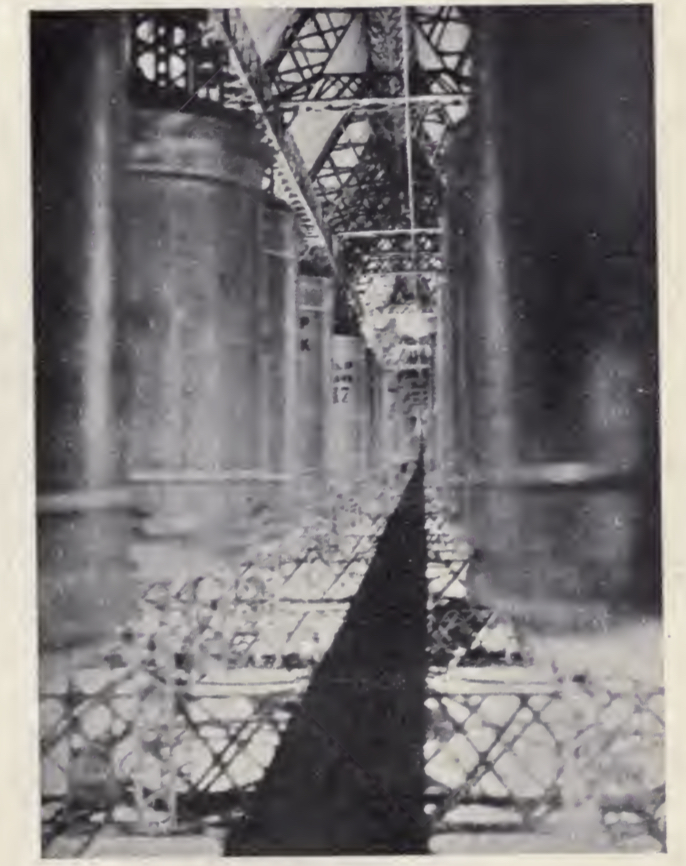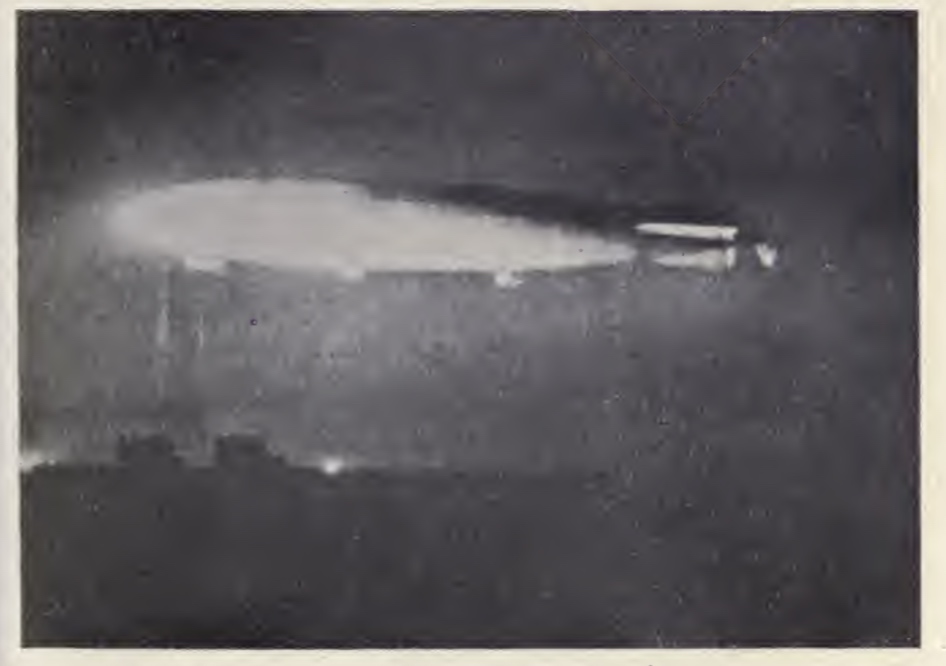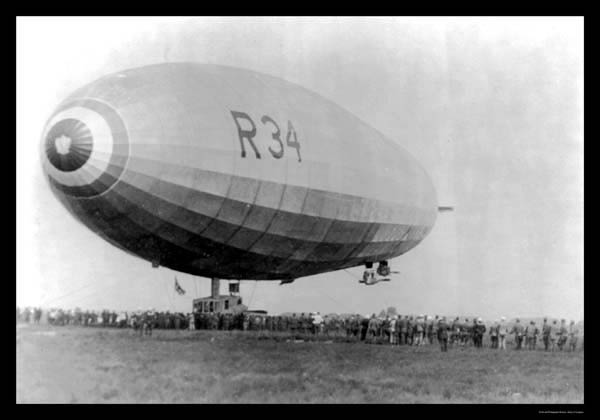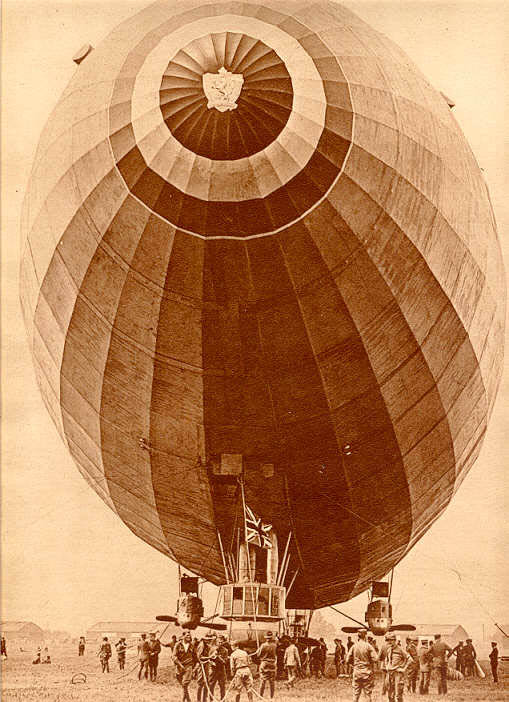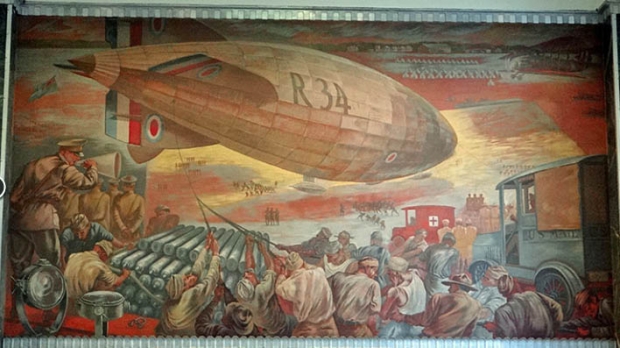Nothing excites the imagination more than does the great zeppelin Hindenburg. In 1936, the world was abuzz with airship fever. The fastest ocean liners were crossing the Atlantic in 5 days. The Hindenburg cut that time in half on the westbound flight. On the eastbound trip to Europe, she could sometimes make the flight in less than 48 hours.
Unfortunately, what sticks in our minds is this:
and Herb Morrison’s words, “Oh, the humanity!”, instead of this:
However, as spectacular as the disaster was, caught on the newsreel cameras of the day, the loss of life was comparatively small. Thirteen of thirty-six passengers, twenty-two of the sixty-one crewman, and one of the ground crew died.
In 27 years of commercial flight by the DELAG and its successor, the DZR, those thirty-six deaths were the only deaths that occurred. No airline today can boast of such a record.
For lovers of the airship and the Hindenburg in particular, Dan Grossman, Cheryl Ganz, and Patrick Russell have done us the supreme favor of writing the definitive book on the greatest of all airships. Zeppelin Hindenburg: An Illustrated History of LZ-129 tells the story of this great ship and captures the mood of the world when for the first time in history one could fly anywhere in the world on the DZR and its partner airlines.
The world was filled with optimism in 1936 because technology was shrinking the globe. And for those with money, the world truly was their oyster. In the midst of the Depression, there was hope that better days were indeed here again.
Zeppelin Hindenburg tells the story of LZ-129 through words and pictures. The pictures alone are worth the price of the book. The text is informative and gives us a picture into what life was like in those heady days of hope. Unlike like many books recounting history, this one isn’t as dry as week old toast.
We learn all about the Hindenburg and what it took to fly her. We learn all about her role as a flying post office. We learn what life aboard her was like for passengers and crew. (For the crew it was work, work, work.) We get a detailed look into the building of the great ship. Everything is here that any zeppelin aficionado could even hope for.
And we learn the details, the known facts, of the disaster. Grossman, et. al., also debunk several popular myths regarding the cause of one of the most spectacular aircraft tragedies ever caught on film.
Zeppelin Hindenburg: An Illustrated History of the LZ-129 is a must have for aviation enthusiasts, airship aficionados, and anyone interested in the optimism created by advancing technology.
Comments are always welcome! And until next time, happy reading!
Share This!